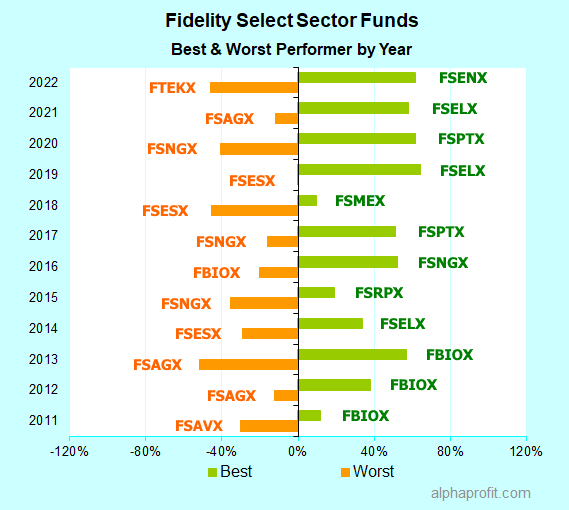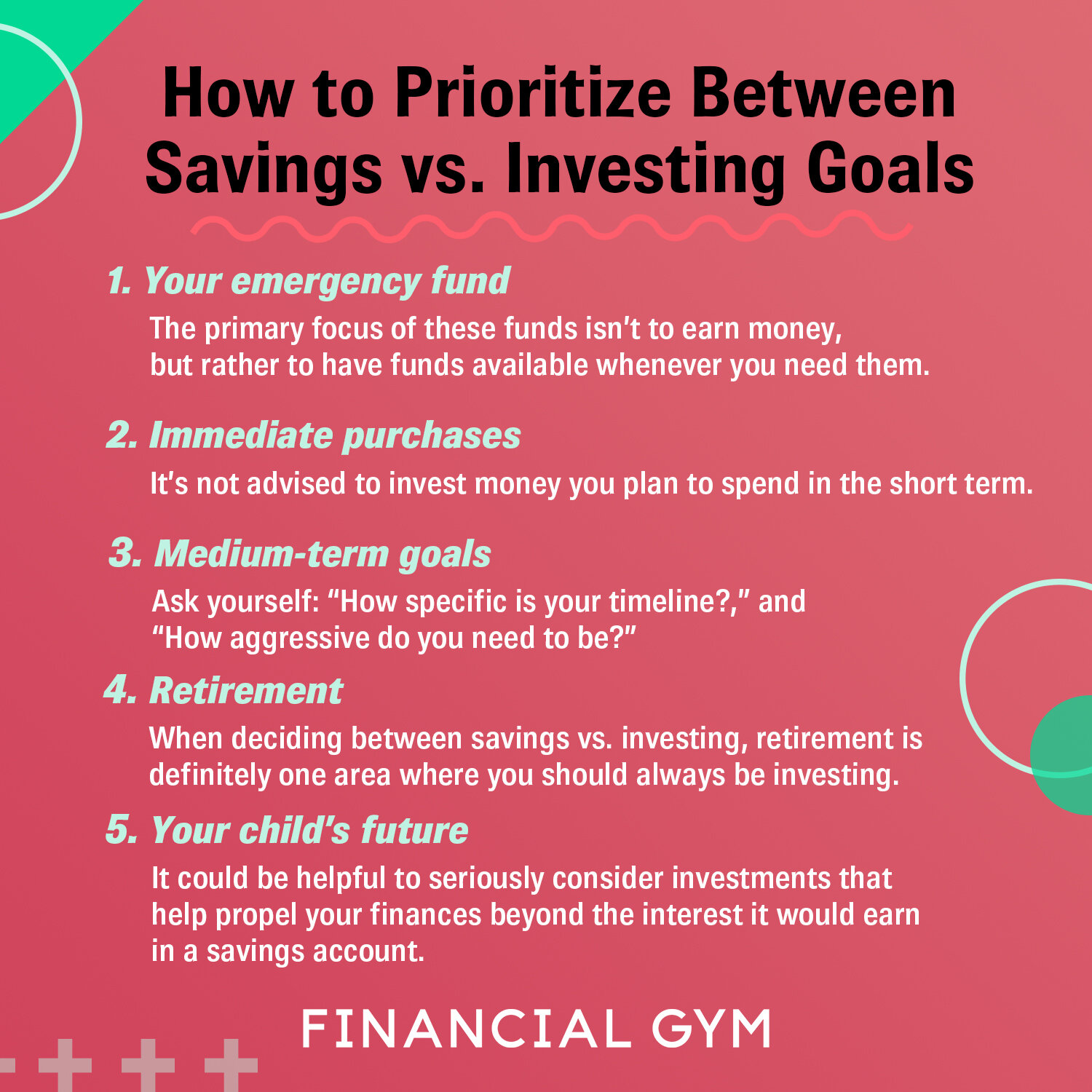
Despite the company's massive debt load, AT&T is still a solid dividend pick - and its recent 7.7% dividend cut isn't a sign of trouble. AT&T’s 58% payout ratio makes it safe to reduce its dividend. AT&T focuses on paying down its enormous debt load. It was piled up after it bought Time Warner Cable and DirecTV for $67billion in 2015, and $85.4billion in 2018.
AT&T
AT&T's dividend reduction is an historic move that will offer shareholders a lower purchase price. The company is on track to achieve earnings per share of 26 cents to 28 cents, a cut of 40%. This cut will allow the company to easily monetize the dividend cut as well as lower the cost for entry. Next, wait for trend confirmation and then execute your plan. In the meantime, bullish sentiment remains for the stock.
NGL Energy Partners
Investors can find out if NGL Energy Partners will reduce its dividend by visiting its website. NGL Energy Partners LP pays interim and annual dividends. The website of the company lists dividend yields and declarations. The dividend rate was 0.00%. The company is located in Tulsa Oklahoma. You can also visit its website to find out more about their history.

AT&T's spin-off
John Stankey, AT&T CEO, has spoken out about why the company is looking at a spin-off its telecommunications division after its acquisition of Time Warner for $85 billion. Stankey asserts that, despite the lower stock price of AT&T, splitting up its stock will increase shareholder wealth. AT&T will likewise focus on the 5G service that is more expensive and higher-end. The company will spend $20 billion this year on capital expenditures. Additionally, the company plans on investing in fiber-to–the-home broadband internet and expanding its 5G wireless footprint.
AT&T's dividend cut
AT&T faces very difficult times after its large dividend reduction. The company is in the midst of restructuring itself as a fast-moving internet and wireless player. AT&T's quarterly dividend has been cut 83% to keep the company afloat. However, the company warned that its fourth-quarter revenues would be lower than expected. This could allow AT&T to reduce its debt and reposition themselves as a market leader.
AT&T offers free cash flow
Investors who own AT&T Inc. stock are due to receive US$0.52 a share on November 1st. The company's free cash flow payout ratio has fallen below the safe payout ratio, and the dividend has been cut by nearly 40%. Despite its poor profitability, AT&T's capital is strong and it has plenty of cash that can be reinvested. Cash flows are more reliable than traditional profit ratios in assessing a company's health. They can help you determine the right balance between profitability, cash flow and sustainability.
The ex-dividend dates
A company can declare a dividend by notifying the amount and ex-dividend day. Companies generally have a schedule for declaring dividends. They often announce changes to the amount in earnings announcements or press releases. Sometimes, foreign companies might be more affected by a dividend cut/increase than they are domestic ones. Foreign companies usually pay dividends according to a fixed percentage of their profits.

The impact of a dividend decrease on a company’s stock market price
Before taking on a position, investors need to consider the company's long term strategy before cutting dividends. If the dividend cuts were made via conference calls, the stock prices would fall for more than nine consecutive months. The stock price fell nine months later due to speculation. However, a cut in dividends could impact the overall trend if it was announced on an official site. In the case of FULT, the stock price fell on the day it was announced, but continued its upward trend after the cut.
FAQ
Is stock marketable security a possibility?
Stock is an investment vehicle that allows investors to purchase shares of company stock to make money. This is done via a brokerage firm where you purchase stocks and bonds.
You can also invest in mutual funds or individual stocks. There are actually more than 50,000 mutual funds available.
There is one major difference between the two: how you make money. Direct investments are income earned from dividends paid to the company. Stock trading involves actually trading stocks and bonds in order for profits.
In both cases, ownership is purchased in a corporation or company. You become a shareholder when you purchase a share of a company and you receive dividends based upon how much it earns.
Stock trading is a way to make money. You can either short-sell (borrow) stock shares and hope the price drops below what you paid, or you could hold the shares and hope the value rises.
There are three types stock trades: put, call and exchange-traded funds. Call and Put options give you the ability to buy or trade a particular stock at a given price and within a defined time. Exchange-traded funds are similar to mutual funds except that instead of owning individual securities, ETFs track a basket of stocks.
Stock trading is very popular because investors can participate in the growth of a business without having to manage daily operations.
Stock trading can be very rewarding, even though it requires a lot planning and careful study. To pursue this career, you will need to be familiar with the basics in finance, accounting, economics, and other financial concepts.
What is the difference between non-marketable and marketable securities?
The key differences between the two are that non-marketable security have lower liquidity, lower trading volumes and higher transaction fees. Marketable securities, on the other hand, are traded on exchanges and therefore have greater liquidity and trading volume. Marketable securities also have better price discovery because they can trade at any time. But, this is not the only exception. Some mutual funds are not open to public trading and are therefore only available to institutional investors.
Marketable securities are more risky than non-marketable securities. They are generally lower yielding and require higher initial capital deposits. Marketable securities are usually safer and more manageable than non-marketable securities.
For example, a bond issued by a large corporation has a much higher chance of repaying than a bond issued by a small business. The reason is that the former is likely to have a strong balance sheet while the latter may not.
Because of the potential for higher portfolio returns, investors prefer to own marketable securities.
What is security in the stock market?
Security can be described as an asset that generates income. Shares in companies are the most popular type of security.
Different types of securities can be issued by a company, including bonds, preferred stock, and common stock.
The earnings per shared (EPS) as well dividends paid determine the value of the share.
A share is a piece of the business that you own and you have a claim to future profits. You will receive money from the business if it pays dividends.
You can sell your shares at any time.
Who can trade on the stock exchange?
Everyone. All people are not equal in this universe. Some people have better skills or knowledge than others. They should be recognized for their efforts.
Trading stocks is not easy. There are many other factors that influence whether you succeed or fail. If you don’t know the basics of financial reporting, you will not be able to make decisions based on them.
This is why you should learn how to read reports. You must understand what each number represents. You should be able understand and interpret each number correctly.
You'll see patterns and trends in your data if you do this. This will help to determine when you should buy or sell shares.
This could lead to you becoming wealthy if you're fortunate enough.
What is the working of the stock market?
A share of stock is a purchase of ownership rights. The shareholder has certain rights. A shareholder can vote on major decisions and policies. The company can be sued for damages. He/she can also sue the firm for breach of contract.
A company can't issue more shares than the total assets and liabilities it has. It's called 'capital adequacy.'
A company with a high ratio of capital adequacy is considered safe. Low ratios make it risky to invest in.
Statistics
- The S&P 500 has grown about 10.5% per year since its establishment in the 1920s. (investopedia.com)
- Our focus on Main Street investors reflects the fact that American households own $38 trillion worth of equities, more than 59 percent of the U.S. equity market either directly or indirectly through mutual funds, retirement accounts, and other investments. (sec.gov)
- Individuals with very limited financial experience are either terrified by horror stories of average investors losing 50% of their portfolio value or are beguiled by "hot tips" that bear the promise of huge rewards but seldom pay off. (investopedia.com)
- US resident who opens a new IBKR Pro individual or joint account receives a 0.25% rate reduction on margin loans. (nerdwallet.com)
External Links
How To
How can I invest into bonds?
A bond is an investment fund that you need to purchase. The interest rates are low, but they pay you back at regular intervals. You can earn money over time with these interest rates.
There are many ways to invest in bonds.
-
Directly purchasing individual bonds
-
Buy shares from a bond-fund fund
-
Investing through a broker or bank
-
Investing through a financial institution.
-
Investing with a pension plan
-
Directly invest with a stockbroker
-
Investing through a Mutual Fund
-
Investing via a unit trust
-
Investing via a life policy
-
Investing via a private equity fund
-
Investing through an index-linked fund.
-
Investing through a hedge fund.